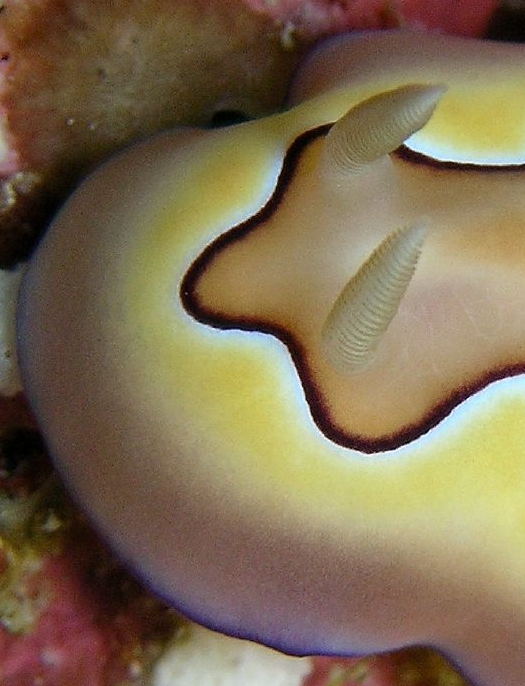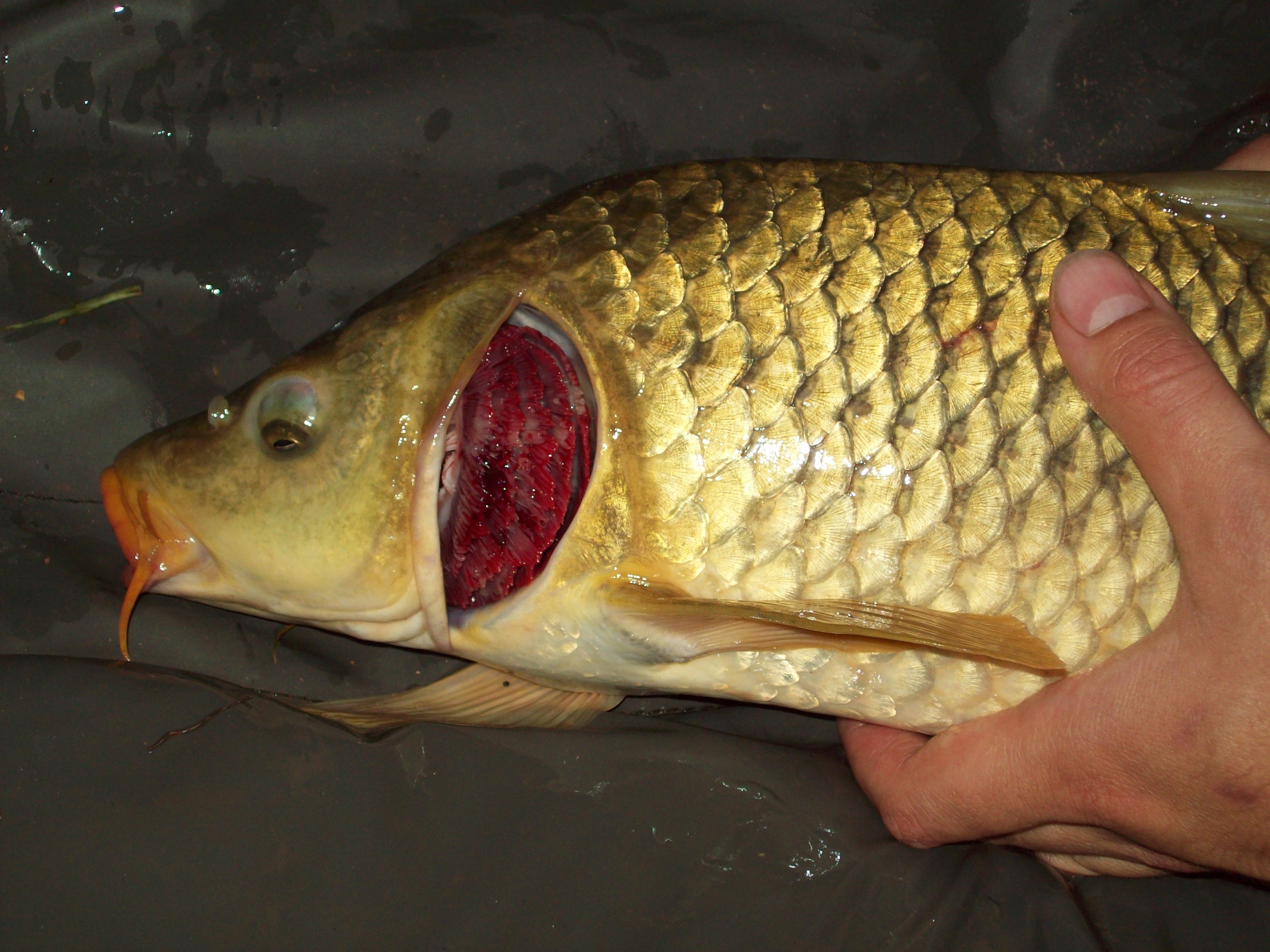|
Chromodoris Dianae
''Chromodoris dianae'' is a species of sea slug, a dorid nudibranch, a shell-less marine gastropod mollusc in the family Chromodorididae. Distribution This species is known only from the Philippines, Indonesia and Borneo.Rudman, W.B., 1998 (April 8''Chromodoris dianae'' Gosliner & Behrens, 1998 n/nowiki> Sea Slug Forum. Australian Museum, Sydney. Description ''Chromodoris dianae'' can reach a maximum size of 4 cm length. The body is elongate with a foot which is distinct from the upper body by a skirt like mantle partially hiding the foot. This species is very similar in appearance to ''Chromodoris lochi'' although it can be distinguished from the latter by the broken black lines, (as opposed to continuous) and the sprinkling of white specks on the notum. ''Chromodoris dianae'' has white gills and rhinophores with distinct yellow-orange tips. The original description includes animals which belong to another species (''Chromodoris'' cf. ''dianae'') which are distingui ... [...More Info...] [...Related Items...] OR: [Wikipedia] [Google] [Baidu] |
Verde Island
Verde Island is a volcanic island situated along the bodies of Verde Island Passage between the islands of Luzon and Mindoro, Philippines. It was in 1988 when a small village was connected to mains electricity through the effort of a European project using technologies such as solar panels for the island's self-sufficiency. Since then, it has been declared by the Philippine Tourism Authority as one of the country's marine reserves. Geography Verde Island lies south of Brgy. Ilijan, Batangas City and is separated from Luzon by the North Pass. It takes 1 hour and 30 minutes by a boat or 25 minutes by a ferry boat from Batangas City Port to reach the island. Famous destinations in the island include: *Mahabang Buhangin, a kilometer-long stretch of white sand beach. *Cueva Sitio, a cave that leads to the other side of the island. Verde Island has been a destination for tourists and divers in Batangas City since 1999, after the Pastor clan opened an P80 Million resort at Brgy. ... [...More Info...] [...Related Items...] OR: [Wikipedia] [Google] [Baidu] |
Chromodoris Dianae (AA2)
''Chromodoris dianae'' is a species of sea slug, a dorid nudibranch, a shell-less marine gastropod mollusc in the family Chromodorididae. Distribution This species is known only from the Philippines, Indonesia and Borneo.Rudman, W.B., 1998 (April 8''Chromodoris dianae'' Gosliner & Behrens, 1998 n/nowiki> Sea Slug Forum. Australian Museum, Sydney. Description ''Chromodoris dianae'' can reach a maximum size of 4 cm length. The body is elongate with a foot which is distinct from the upper body by a skirt like mantle partially hiding the foot. This species is very similar in appearance to ''Chromodoris lochi'' although it can be distinguished from the latter by the broken black lines, (as opposed to continuous) and the sprinkling of white specks on the notum. ''Chromodoris dianae'' has white gills and rhinophores with distinct yellow-orange tips. The original description includes animals which belong to another species (''Chromodoris'' cf. ''dianae'') which are distin ... [...More Info...] [...Related Items...] OR: [Wikipedia] [Google] [Baidu] |
Thorectidae
Thorectidae is a family of sea sponges in the order Dictyoceratida Dictyoceratida is an order of sponges in the subclass Ceractinomorpha containing five families. Along with the Dendroceratida, it is one of the two orders of demosponges that make up the keratose or "horny" sponges, in which a mineral skeleton is .... Genera *Subfamily Phyllospongiinae Keller, 1889Keller, C. (1889). Die Spongienfauna des rothen Meeres (1. Hälfte). ''Zeitschrift für Wissenschaftliche Zoologie'', 48, 311–405. **'' Candidaspongia'' Bergquist, Sorokin & Karuso, 1999Bergquist, P., Sorokin, S. & Karuso, P. (1999). Pushing the boundaries: a new genus and species of Dictyoceratida. ''Memoirs of the Queensland Museum'', 44, 57–62. **'' Carteriospongia'' Hyatt, 1877Hyatt, A. (1877). ''Revision of the North American Poriferæ; with Remarks upon Foreign Species''. Boston: Society of Natural History. **'' Lendenfeldia'' Bergquist, 1980Bergquist, P. R. (1960). A revision of the supraspecific classificat ... [...More Info...] [...Related Items...] OR: [Wikipedia] [Google] [Baidu] |
Sponges
Sponges, the members of the phylum Porifera (; meaning 'pore bearer'), are a basal animal clade as a sister of the diploblasts. They are multicellular organisms that have bodies full of pores and channels allowing water to circulate through them, consisting of jelly-like mesohyl sandwiched between two thin layers of cells. Sponges have unspecialized cells that can transform into other types and that often migrate between the main cell layers and the mesohyl in the process. Sponges do not have nervous, digestive or circulatory systems. Instead, most rely on maintaining a constant water flow through their bodies to obtain food and oxygen and to remove wastes. Sponges were first to branch off the evolutionary tree from the last common ancestor of all animals, making them the sister group of all other animals. Etymology The term ''sponge'' derives from the Ancient Greek word ( 'sponge'). Overview Sponges are similar to other animals in that they are multicellula ... [...More Info...] [...Related Items...] OR: [Wikipedia] [Google] [Baidu] |
Rhinophore
A rhinophore is one of a pair of chemosensory club-shaped, rod-shaped or ear-like structures which are the most prominent part of the external head anatomy in sea slugs, marine gastropod opisthobranch mollusks such as the nudibranchs, sea hares ( Aplysiomorpha), and sap-sucking sea slugs ( Sacoglossa). Etymology The name relates to the rhinophore's function as an organ of "smell". ''Rhino-'' means nose from Ancient Greek ῥίς ''rhis'' and from its genitive ῥινός ''rhinos''. "Phore" means "to bear" from New Latin ''-phorus'' and from Greek -phoros (φορος) "bearing", a derivative of ''phérein'' (φέρειν). Function Rhinophores are scent or taste receptors, also known as chemosensory organs situated on the dorsal surface of the head. They are primarily used for distance chemoreception and rheoreception (response to water current). The "scents" detected by rhinophores are chemicals dissolved in the sea water. The fine structure and hairs of the rh ... [...More Info...] [...Related Items...] OR: [Wikipedia] [Google] [Baidu] |
Gills
A gill () is a respiratory organ that many aquatic organisms use to extract dissolved oxygen from water and to excrete carbon dioxide. The gills of some species, such as hermit crabs, have adapted to allow respiration on land provided they are kept moist. The microscopic structure of a gill presents a large surface area to the external environment. Branchia (pl. branchiae) is the zoologists' name for gills (from Ancient Greek ). With the exception of some aquatic insects, the filaments and lamellae (folds) contain blood or coelomic fluid, from which gases are exchanged through the thin walls. The blood carries oxygen to other parts of the body. Carbon dioxide passes from the blood through the thin gill tissue into the water. Gills or gill-like organs, located in different parts of the body, are found in various groups of aquatic animals, including mollusks, crustaceans, insects, fish, and amphibians. Semiterrestrial marine animals such as crabs and mudskippers have gill chambe ... [...More Info...] [...Related Items...] OR: [Wikipedia] [Google] [Baidu] |
Notum
The notum (plural nota) is the dorsal portion of an insect's thoracic segment, or the dorsal surface of the body of nudibranch gastropods. The word "notum" is always applied to dorsal structures; in other words structures that are part of the back of an animal, as opposed to being part of the animal's ventral surface, or underside. This word is used in entomology, the study of insects, and in malacology, the study of mollusks. In malacology the word is used to describe the back of the body of the taxonomic group of marine, shell-less gastropods that are known as nudibranchs. In insects In entomology, the notum is the dorsal portion of an insect's thoracic segment. The pterothoracic nota (comprising the meso- and metathoracic segments) have two main divisions - the anterior wing-bearing alinotum and the posterior phragma-bearing postnotom.Cranston, P. S, and P. J Gullan. The Insects: An Outline Of Entomology. 5th ed. Chichester: Wiley-Blackwell, 2014. Print. The phragma, or endoter ... [...More Info...] [...Related Items...] OR: [Wikipedia] [Google] [Baidu] |
Chromodoris Lochi
''Chromodoris lochi'', common name Loch's chromodoris, is a species of colourful sea slug, a dorid nudibranch, a marine gastropod mollusk in the family Chromodorididae. Distribution This species is found in the tropical waters of the central Indo-Pacific region and is known to range from Malaysia, Indonesia, Philippines to Fiji and the northern coast of Australia.Rudman, 1982''Chromodoris lochi''Sea Slug Forum, accessed 14 October 2013. Description ''Chromodoris lochi'' is blue or blueish-white with a white margin and typically dark or black lines running down the mantle and the foot. On the mantle, a continuous line runs around the border passing on the outside of the rhinophore and a second median one can be discontinuous. Individuals can reach at least 4 cm in length. There is some variation between individuals in this species, and the gills (retractile) and rhinophores (contractile) range in colour from a translucent straw-color, through to pink and light orange. T ... [...More Info...] [...Related Items...] OR: [Wikipedia] [Google] [Baidu] |
Chromodoris Sp In Bali 2017-02-04
''Chromodoris'' is a genus of very colourful sea slugs or dorid nudibranchs, marine gastropod molluscs, and the type genus of the family Chromodorididae. Within the genus ''Chromodoris'', there are currently 101 classified species. Species within ''Chromodoris'' are commonly found in tropical and subtropical waters, living as members of reef communities and preying primarily on sponges. A molecular phylogeny of the family Chromodorididae resulted in this genus being restricted to a smaller number of species than formerly, most of which have longitudinal black lines on the mantle. Many former members of ''Chromodoris'' were transferred to Goniobranchus Anatomy ''Chromodoris'' species exhibit one of the two major body types found within Nudibranchia. There are a few major bodily features that separate chromodorids from other sea slugs. Mantle Dorids have a thick mantle that exists over their foot, and in some species, the mantle can have tubercles (nodules along the surface of an ... [...More Info...] [...Related Items...] OR: [Wikipedia] [Google] [Baidu] |
Borneo
Borneo (; id, Kalimantan) is the List of islands by area, third-largest island in the world and the largest in Asia. At the geographic centre of Maritime Southeast Asia, in relation to major Indonesian islands, it is located north of Java Island, Java, west of Sulawesi, and east of Sumatra. The list of divided islands, island is politically divided among three countries: Malaysia and Brunei in the north, and Indonesia to the south. Approximately 73% of the island is Indonesian territory. In the north, the East Malaysian states of Sabah and Sarawak make up about 26% of the island. The population in Borneo is 23,053,723 (2020 national censuses). Additionally, the Malaysian federal territory of Labuan is situated on a small island just off the coast of Borneo. The sovereign state of Brunei, located on the north coast, comprises about 1% of Borneo's land area. A little more than half of the island is in the Northern Hemisphere, including Brunei and the Malaysian portion, while the ... [...More Info...] [...Related Items...] OR: [Wikipedia] [Google] [Baidu] |
Philippines
The Philippines (; fil, Pilipinas, links=no), officially the Republic of the Philippines ( fil, Republika ng Pilipinas, links=no), * bik, Republika kan Filipinas * ceb, Republika sa Pilipinas * cbk, República de Filipinas * hil, Republika sang Filipinas * ibg, Republika nat Filipinas * ilo, Republika ti Filipinas * ivv, Republika nu Filipinas * pam, Republika ning Filipinas * krj, Republika kang Pilipinas * mdh, Republika nu Pilipinas * mrw, Republika a Pilipinas * pag, Republika na Filipinas * xsb, Republika nin Pilipinas * sgd, Republika nan Pilipinas * tgl, Republika ng Pilipinas * tsg, Republika sin Pilipinas * war, Republika han Pilipinas * yka, Republika si Pilipinas In the recognized optional languages of the Philippines: * es, República de las Filipinas * ar, جمهورية الفلبين, Jumhūriyyat al-Filibbīn is an archipelagic state, archipelagic country in Southeast Asia. It is situated in the western Pacific Ocean and consists of aro ... [...More Info...] [...Related Items...] OR: [Wikipedia] [Google] [Baidu] |
.jpg)


